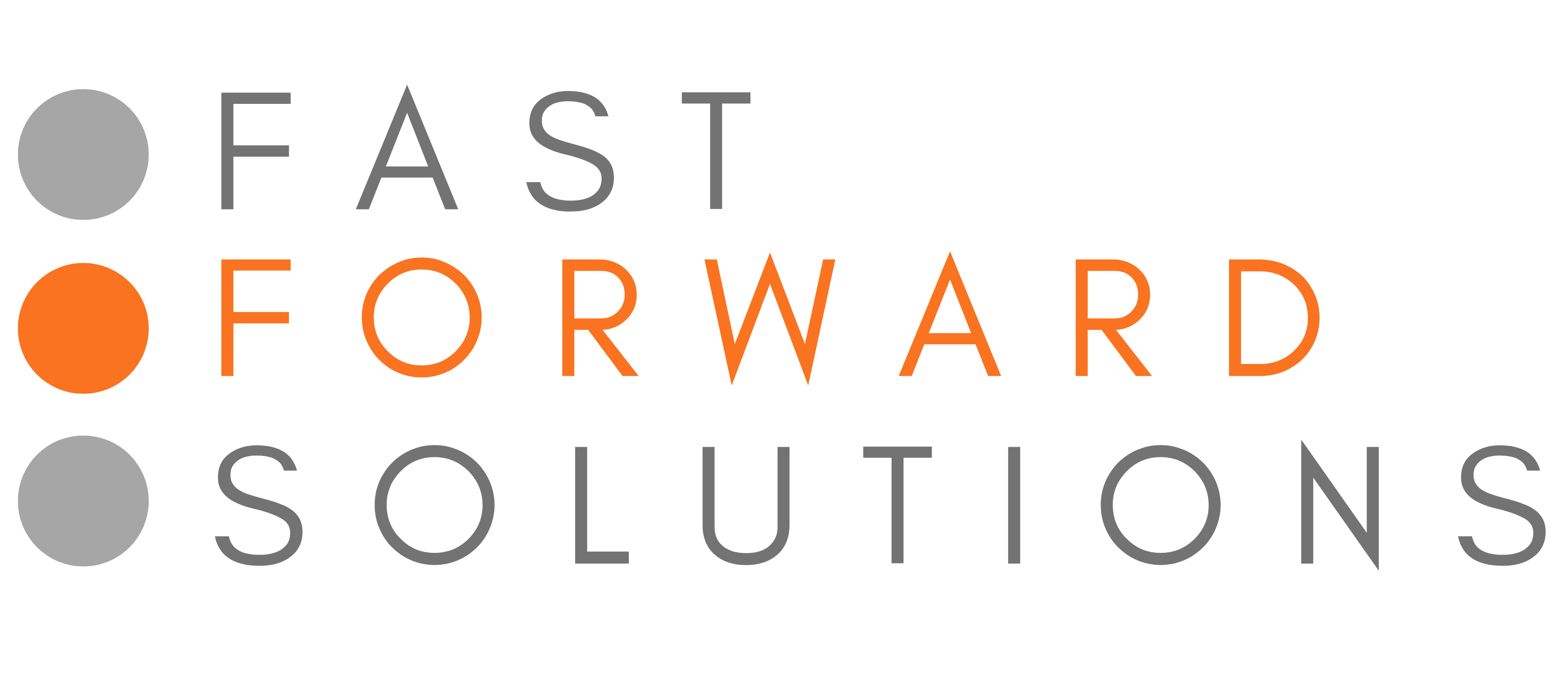
How to prepare an attractive job description?
When preparing a job description, do you simply copy and paste one template into another, or can you take the time to promote the position you are looking to fill? Retaining top talent is increasingly challenging and organisations are looking for new ways to build momentum and attract candidates. More creative, conversational and unconventional approaches to the job description yield better quality candidates and greater success in filling emerging vacancies. So what should a job description contain?
Job description example for IT positions
Firstly: background information
Job background information is essential both for people in personnel management departments and for those applying for a position within the job. Providing basic data will show the impact of the position on the organisational structure.
The main details of the job should include information such as the full name of the job, the purpose of the job, the working conditions, the location of the job and the level of classification in the organisation. It's important that this information is given in a simple way so that it's clear to both HR and other employees and job applicants. In the case of IT positions, it would be good to clearly state whether it is front end or back end.
Second: experience and qualifications required
The work experience and qualifications required for the job should be known to applicants in the recruitment process and to current employees. It is on the basis of qualifications and experience that applicants determine whether they meet the employer's requirements, and the employer can make a selection among applicants. A description of the experience and qualifications required for the job is also essential for current employees to plan their career path and development within the company.
Among the qualifications that are specified in the job description, there should be elements such as the required education, knowledge of foreign languages, skills, completed courses or indicated seniority in a similar position.
Third: Entitlements
Every employee should have clearly defined powers and additional authorisations. This ensures that the person in post is clear about what they are entitled to and personally responsible for.
Job authorisations may include, among other things, the power to make decisions on behalf of the company, to dispose of its finances and to sign documents on its behalf.
Fourth: tasks and competences
At this point, it should be made clear what the employer expects from the person hired for the position - after all, every applicant or employee wants to know what tasks their job entails.
The employer should therefore define what the employee is responsible for to his/her superiors, and what all the tasks and responsibilities are that he/she has to carry out during the employment relationship on the job. The definition of the terms of reference is crucial for both the employer and the employee - the supervisor knows on what basis he or she assesses the mentee and can determine whether the mentee is fulfilling his or her duties, while the employee can refer to the document when the tasks ordered by the supervisor go beyond the scope of activities stated in the job description.
Fifth: conciseness and specificity
Cut out the general stuff, be critical and ask yourself what is really necessary. Identify your needs, put it all down on paper and shave it down to the core competencies and tasks of the candidate. Try to challenge the typical description and "cut out the generic descriptions, be critical and ask yourself what is really essential".
Consider your list of 4-5 competencies, 4-5 required expectations and commit to them. Because you may be tempted to add lines like "detail-oriented" or "adaptable to change," be aware that such general points don't really differentiate candidates or have any real impact on your message.
Companies are also becoming more open to show earnings directly in the job advert. Doing so strikes a balance between employers and candidates, alleviating the stress of the dreaded salary interview. While employers may lose the upper hand in the discussion by using this method, they also avoid wasting the time of a candidate who may be applying for a job below the salary amount. An attractive job description is a key element of success, which is also rewarded by Google for Jobs, which indexes such a job ad higher.

It job descriptions as a marketing element
The classic job description is no longer sufficient. Instead, companies need to improve their advertising game and consider their job descriptions and job performance as advertising content. Such a description should be branded, catchy and engaging enough to make someone want to move on from their current employer to a new one.
For example, Monster has discovered a new way to interact with candidates by developing a program that allows people to embed videos directly into job descriptions! Skill Scout can also help companies tell their story with a platform that allows organisations to create their own videos that can be used in job descriptions. All of these companies are leveraging humanity, as job descriptions with video ads are viewed 46 percent more than written ones, and jobs receive 36 percent more indexing when accompanied by video.
What can be taken into account:
- Prepare a 30-second video on why a potential candidate should join your team
- Share stories about former employees in comparable roles and their increase in salary and competence levels
- Include LinkedIn profiles / communities of this team
- Upload videos or photos from your workplace
- Upload infographics and other visual media to show the uniqueness of this job offer
- Create job description text more dynamically by adding hyperlinks to more articles (media, awards, employee blogs, multimedia, business social links, etc.).
The usual job description is no longer enough in today's market, and companies will need to think more cheaply about how they interact and participate in the talent development process. Let them know what really awaits them when they are a new employee and don't be afraid to let your true colours shine! Also remember on your careers page about your privacy and cookies policy....

Latest comments